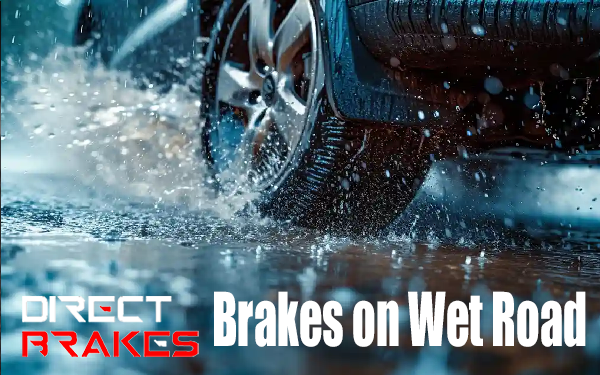How Rain Affects Your Brakes
1. Water Contamination (The Silent Brake Killer)
Water can seep into your brake system, causing multiple issues:
- Reduced friction between pads and rotors
- Corrosion of metal components
- Brake fluid contamination leading to spongy pedal
Solution: Have your brakes inspected after heavy rain or driving through deep puddles
Wet Weather Braking Techniques
Increase Following Distance
Maintain at least 5-6 seconds between you and the car ahead (double the dry weather distance)
Moderate Your Speed
Reduce speed by 1/3 in wet conditions to maintain control
Pump Your Brakes Carefully
If you don't have ABS, practice threshold braking to avoid skids
Essential Wet-Weather Brake Maintenance
Inspect brake pads/rotors for water damage
Check brake fluid condition and level
Test parking brake effectiveness
Examine tire tread depth (bald tires = danger)
Don't Wait Until the Next Storm
90% of wet-weather accidents could be prevented with proper brake maintenance
All services include free brake safety inspection
